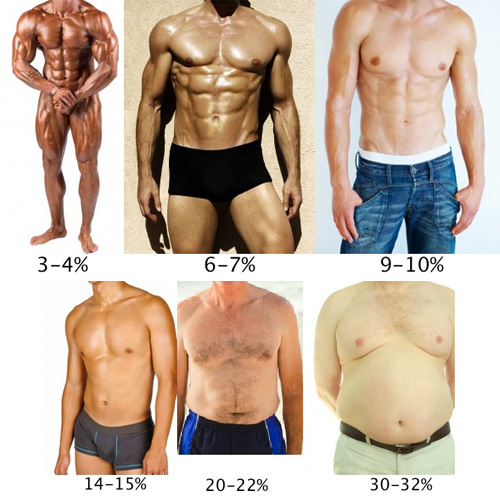Dear Davey,
I’ve recently started strength training at the gym and eating more calories because I’m trying to build muscle. Over the last two months I’ve gained 12 pounds. How do I know if it’s muscle or just fat?
From,
Shaun
Congratulations on starting with a strength training program and kudos for sticking with it.
When it comes to exercise, evaluating results against our goals is crucial. Beyond helping us stay motivated, tracking progress lets us know what works - and what doesn’t work. By evaluating results, we can make changes toward a more efficient workout.
In your case, building muscle is the goal. Gaining weight, as you’ve noted, is an incomplete metric to measure against your goal. Excess weight can be indicative of added fat, increased water retention, muscle mass or any combination thereof. This is why it’s important to think beyond the scale.
Though there are fancy body composition tests that you can take and equations that can be utilized, there is a very simple trick for measuring muscle gains versus fat gains. Get a tape measure. Using a tape measure, record the circumference of your biceps, neck, chest, forearms, etc. Every few weeks, mark down your new measurements.
As a general rule, larger muscles and an unchanged waistline means that you’re gaining mostly muscle. If your muscles and waistline are both increasing, it means you’re adding both muscle and fat. And if you’re just noticing an increase around your waistline, then it’s mostly fat.
Taking a picture of yourself under the same lighting conditions (i.e., same time of day) every few weeks can also be helpful in observing changes. You can also notice how your clothes fit differently over time. Or, if you have the resources, take a monthly body composition test and crunch the numbers.
Love,
Davey
P.S. If you want a guaranteed strategy for adding lean bulk, download Davey Wavey’s Foolproof Guide to Building Muscle!


















